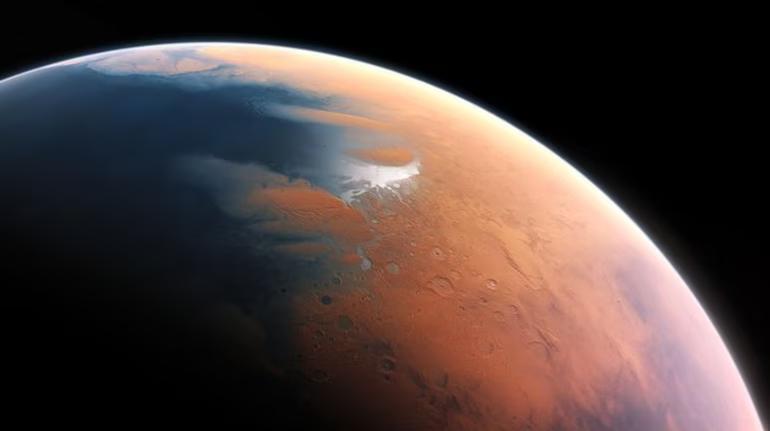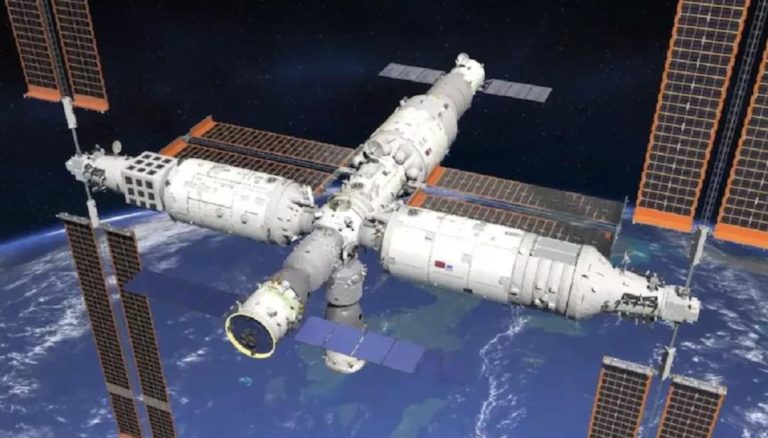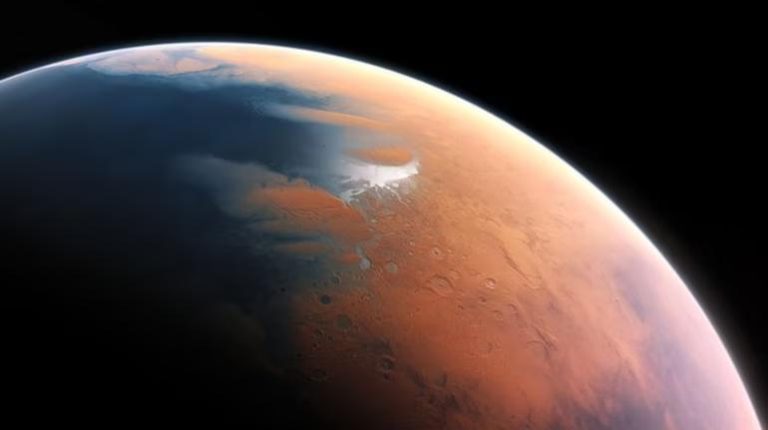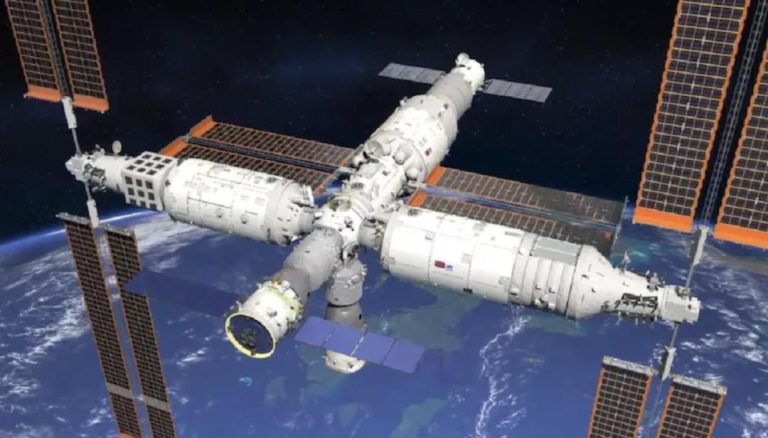
Mars may have once had rain & snowfall, finds new study
The Red Planet, Mars, has long been a subject of fascination for scientists and space enthusiasts alike. For decades, NASA’s rovers have been exploring the Martian surface, uncovering secrets about the planet’s geology, climate, and potential habitability. Recently, a remarkable study by the University of Colorado Boulder has shed new light on Mars’ past, suggesting that the planet may have once experienced rainfall and snowfall, feeding valleys and channels.
The study, published in the journal Nature Astronomy, analyzed data from NASA’s Mars Reconnaissance Orbiter to identify evidence of ancient rivers, lakes, and even oceans on Mars. Researchers used a combination of high-resolution imagery and topographic mapping to identify features that could be indicative of past water flow.
According to the study, the Martian surface was once much more hospitable to life than it is today. The research suggests that the planet’s atmosphere was thicker and more stable, allowing for liquid water to flow freely on its surface. This, in turn, would have created a range of environments that could have supported life, from rivers and lakes to oceans and even snow-capped mountains.
The discovery is significant because it provides further evidence that Mars was once a wetter, more Earth-like planet. Previous studies have suggested that there is evidence that at least some water existed on the surface of Mars around 4 billion years ago. However, the source of this water has not been ascertained yet.
Lead author of the study, Dr. Joseph Levy, explained that the team’s findings are consistent with the idea that Mars was once a more Earth-like planet, with a thicker atmosphere and liquid water flowing freely on its surface. “Our results suggest that Mars was once capable of supporting life, and that this habitability was likely driven by the presence of liquid water,” Levy said.
The study’s findings are based on an analysis of Martian topography, which reveals a complex network of valleys, channels, and deltas that are characteristic of fluvial systems. The researchers used a technique called “image matching” to analyze high-resolution images of the Martian surface, comparing them to similar images taken at different times. This allowed them to identify features that were likely formed by water flow, such as sedimentary deposits and erosion patterns.
The team also used computer simulations to model the flow of water on Mars, taking into account factors such as atmospheric pressure, temperature, and gravity. These simulations suggested that the Martian atmosphere was once much thicker and more stable, allowing for liquid water to flow freely on the surface.
The implications of the study are significant, suggesting that Mars may have once been a more Earth-like planet with conditions that could support life. This raises the possibility that life may have existed on Mars in the past, and that it could potentially exist today.
The study’s findings have also sparked renewed interest in the search for life on Mars, both past and present. NASA’s Perseverance rover, launched in July 2020, is currently exploring Jezero Crater, a 45-kilometer-wide impact crater that was once home to a lake. The rover is equipped with a suite of instruments designed to search for signs of past or present life on Mars, including a sample collection system that will allow scientists to analyze Martian rocks and soil in the future.
While the study’s findings are intriguing, it’s important to note that the search for life on Mars is an ongoing effort that requires further research and exploration. The Martian surface is a hostile environment, with temperatures often reaching as low as -125°C (-193°F) and atmospheric pressure that is only about 1% of Earth’s. However, the discovery of evidence of past water flow and potential habitability on Mars is a significant step forward in our understanding of the planet’s history and potential for life.
In conclusion, the study by the University of Colorado Boulder provides compelling evidence that Mars may have once experienced rainfall and snowfall, feeding valleys and channels. The discovery of ancient rivers, lakes, and oceans on Mars suggests that the planet was once a more Earth-like world, with conditions that could support life. As scientists continue to explore the Martian surface and search for signs of life, both past and present, the study’s findings offer a tantalizing glimpse of what may have once been a thriving, life-filled world on the Red Planet.






